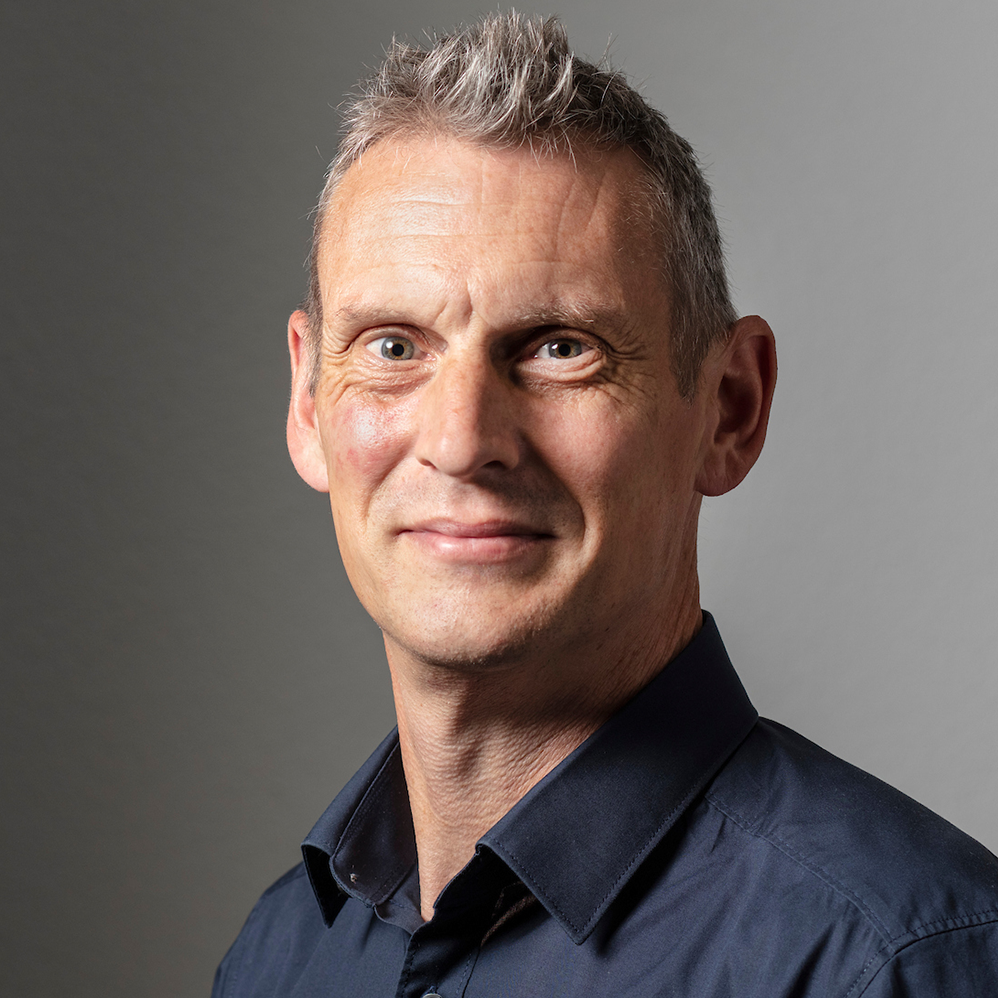
Eiger tests Sir Ranulph’s head for heights

British adventurer Sir Ranulph Fiennes tells swissinfo about his radical attempt to cure vertigo by scaling the north face of Switzerland's Eiger mountain in March.
Fiennes, 63, has gained worldwide fame for his expeditions to both poles and for running seven marathons in a week just three months after a double heart bypass operation.
The former captain in the SAS, the main special forces unit of the British Army, is a firm believer in compulsory military service and rates the Swiss as the best mountaineers in the world.
Fiennes was a guest speaker at the Swiss Economic Forum in Thun last week. His successful five-day Eiger ascent raised £1.5 million (SFr3.64 million) for cancer charity Marie Curie.
swissinfo: Why did you decide to climb the north face of the Eiger?
Ranulph Fiennes: When my wife died [in 2004] I became inward looking and felt very miserable so I decided I needed to jolt myself out of it. The best way of jolting yourself out of these unpleasant situations is to confront a personal phobia – in my case severe vertigo.
I thought Everest, as the highest mountain in the world, would be the ideal place to do this. But the trouble with Everest is that there is not a single place where you can see all the way down because it is a succession of snowy slopes. One of the climbers there suggested the Eiger.
swissinfo: How was the Eiger climb?
R.F.: I found it very difficult indeed because I am not a climber and there are certain zones that are very technical. In addition, there are places where the difficult holds are on the left and my fingers can’t grip properly on my left hand.
You have to prevent vertigo from gripping you in the first place because you can’t cure it when it hits you. The trouble with this climb is that there are at least two places where it is impossible to carry on without looking at your feet to help you find footholds. When you look down at your feet, you see a 1,200-metre drop.
swissinfo: So is your vertigo now cured?
R.F.: Unfortunately not. If the north face of the Eiger can’t cure it then nothing can. So I am going to switch to swimming.
swissinfo: Does military training help prepare people for expeditions?
R.F.: Military people have been through the process of being the under-dog, of being screamed at by sergeants, before they get promoted. They are as used to being told what to do as they are to telling others what to do.
The fitter a person is means the longer it takes before they reach the mental struggle. That is more difficult to overcome and occurs when your body nears its limits.
swissinfo: What is your view of compulsory military service?
R.F.: It is an excellent way to prepare people for life and the longer Switzerland keeps theirs going the longer they will keep their criminal and yobbo element from increasing. Any form of discipline is bound to help a person.
swissinfo: What qualities are needed for difficult expeditions?
R.F.: The main thing you are looking for is people who don’t complain too easily, are not narrow minded and who don’t get too easily excited.
You don’t find too many artistic people on these expeditions because they normally suffer from too much imagination. When they are travelling on moving ice that is breaking up, then they can’t sleep because their imagination is telling them that the worst is about to occur.
swissinfo: What motivates you to undertake expeditions – the desire to test your limits?
R.F.: I go on expeditions to make money: it is my way of making a living. If I go a whole year without an expedition, it gets difficult to pay the gas bill.
swissinfo-interview: Matthew Allen
The Eiger (the ogre) towers 3,970 metres and stands next to the alpine peaks of the Jungfrau and Mönch in canton Bern, central Switzerland.
The first recorded ascent of the Eiger was made by Irishman Charles Barrington and his two Swiss guides, Christian Almer and Peter Bohren in 1858.
The mountain’s most famous feature is the daunting and technically demanding 1,800 metre north face. The most tricky sections are the Hinterstoisse Traverse, Death Bivouac and the icy White Spider.
It was first conquered by a German-Austrian climbing party in 1938, but has claimed many lives since then.
Last summer, a huge slab of rock fell down the east face of the mountain as the result of melting glacial ice.
Described by the Guinness Book of Records as “the world’s greatest living explorer”, Sir Ranulph Twisleton-Wykeham-Fiennes was born in 1944 and served in the British SAS regiment before joining the army of the Sultan of Oman in 1968.
He is the third cousin of Hollywood actors Joseph and Ralph Fiennes.
He started a career as an explorer in 1969 when he led an expedition that travelled down the Nile by hovercraft.
Together with Charles Burton he achieved the unique distinction of reaching both poles by land between 1979 and 1982.
He led the first unsupported crossing of Antarctica in 1992/3 but his solo walk of the North Pole in 2000 finished short of its target when he suffered severe frostbite that led to the amputation of several fingers.
Three months after undergoing a double heart bypass operation, Fiennes ran seven marathons in seven days in seven continents in 2003.
His expeditions raised millions for charity, earning him the OBE in 1993.

In compliance with the JTI standards
More: SWI swissinfo.ch certified by the Journalism Trust Initiative





























You can find an overview of ongoing debates with our journalists here . Please join us!
If you want to start a conversation about a topic raised in this article or want to report factual errors, email us at english@swissinfo.ch.